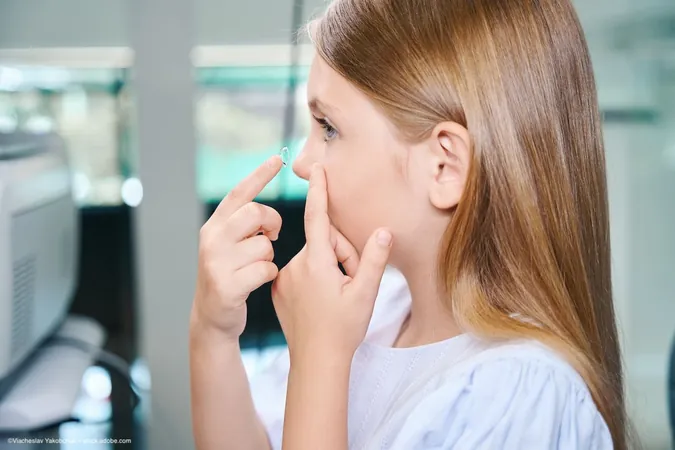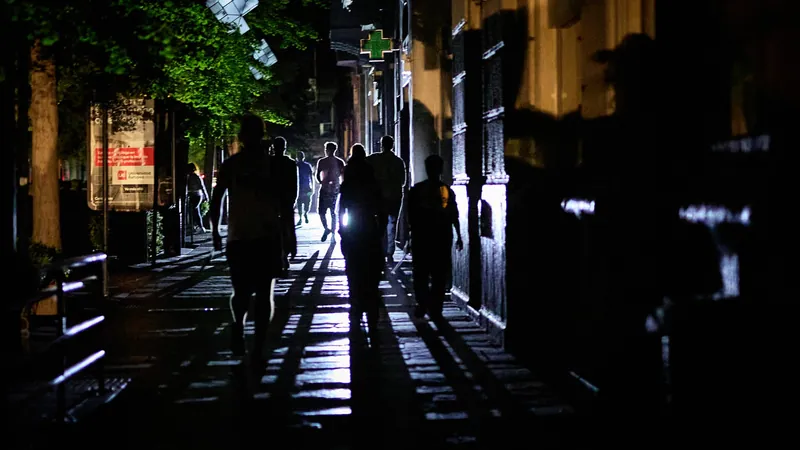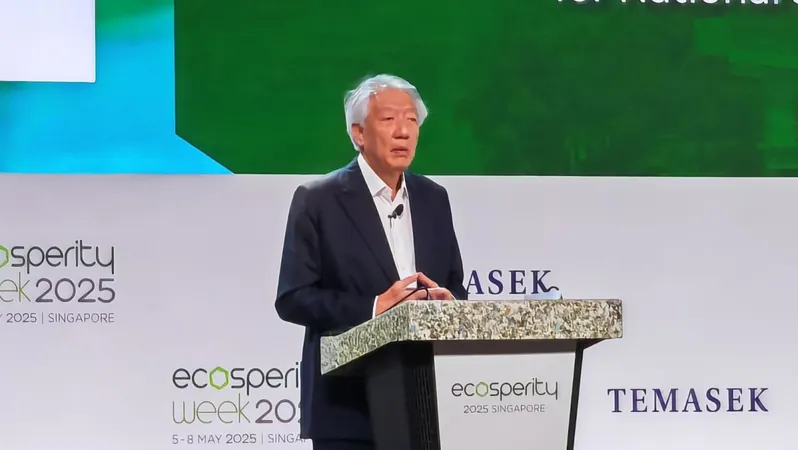
New Insights from the BLINK2 Study: Myopia Control Effects Last Despite Discontinuation of Multifocal Contact Lenses
2025-01-21
Author: Arjun
Introduction
In groundbreaking findings from the Bifocal Lenses in Nearsighted Kids 2 (BLINK2) Study, researchers reveal that the positive effects of multifocal contact lenses for managing myopia in older teens persist even after discontinuation of their use. This challenges previous assumptions about myopia treatments and sheds light on how to better approach vision correction strategies for children and adolescents.
Study Overview
Led by Dr. David A. Berntsen and his team from the University of Houston College of Optometry and The Ohio State University College of Optometry, the study indicates that although myopia progression continues according to expected age-related rates once multifocal lenses are stopped, there is no observed rebound effect caused by their discontinuation. This is a significant departure from past treatments, such as high-dose atropine, where patients often experienced accelerated eye growth after stopping, leading to increased myopia.
Methods and Participants
The BLINK2 Study encompassed a diverse cohort of 248 children aged 11 to 17, who previously participated in the randomized BLINK Study. Over two years, participants wore high-add (+2.50 Diopter) multifocal contact lenses before switching to single-vision lenses for a third year to monitor potential myopia rebound. The primary objectives were to track changes in axial length and refractive error annually.
Results
Among the participants, the majority (235 children, with a median age of 15) completed the study. Results showed a minor axial elongation of 0.03 mm/year and an annual myopia progression of -0.17 D following the switch from multifocal to single-vision lenses. Importantly, these changes were statistically consistent across all treatment groups, indicating the long-term benefits of the multifocal treatment remained, which is a reassuring finding for parents considering options for their children’s eye care.
Comparative Outcomes
The researchers noted that children originally treated with multifocal lenses exhibited shorter axial lengths and had less myopia than those who received medium-add or single-vision lens treatment. This suggests that the earlier children begin myopia control interventions, the better their outcomes might be.
Conclusions and Implications
The conclusion? The BLINK2 study reinforces the notion that discontinuing multifocal soft contact lenses in late adolescence leads to a return to expected axial growth patterns without any significant rebound effects in myopia progression. These findings advocate for the proactive fitting of multifocal lenses in younger children and the continuation of these treatments into late teenage years, a strategy that could dramatically alter the landscape of pediatric vision care.
Future Considerations
In a world where myopia rates are rising at an alarming pace, this research could be a game-changer in how we approach myopia management in young patients. With specialists recommending continued multifocal use into the late teenage years, parents now have a clearer action plan to consider for their children’s visual health. The implications of these findings could reshape myopia treatments, proving that the right interventions can yield lasting benefits even after treatment ends.



 Brasil (PT)
Brasil (PT)
 Canada (EN)
Canada (EN)
 Chile (ES)
Chile (ES)
 Česko (CS)
Česko (CS)
 대한민국 (KO)
대한민국 (KO)
 España (ES)
España (ES)
 France (FR)
France (FR)
 Hong Kong (EN)
Hong Kong (EN)
 Italia (IT)
Italia (IT)
 日本 (JA)
日本 (JA)
 Magyarország (HU)
Magyarország (HU)
 Norge (NO)
Norge (NO)
 Polska (PL)
Polska (PL)
 Schweiz (DE)
Schweiz (DE)
 Singapore (EN)
Singapore (EN)
 Sverige (SV)
Sverige (SV)
 Suomi (FI)
Suomi (FI)
 Türkiye (TR)
Türkiye (TR)
 الإمارات العربية المتحدة (AR)
الإمارات العربية المتحدة (AR)